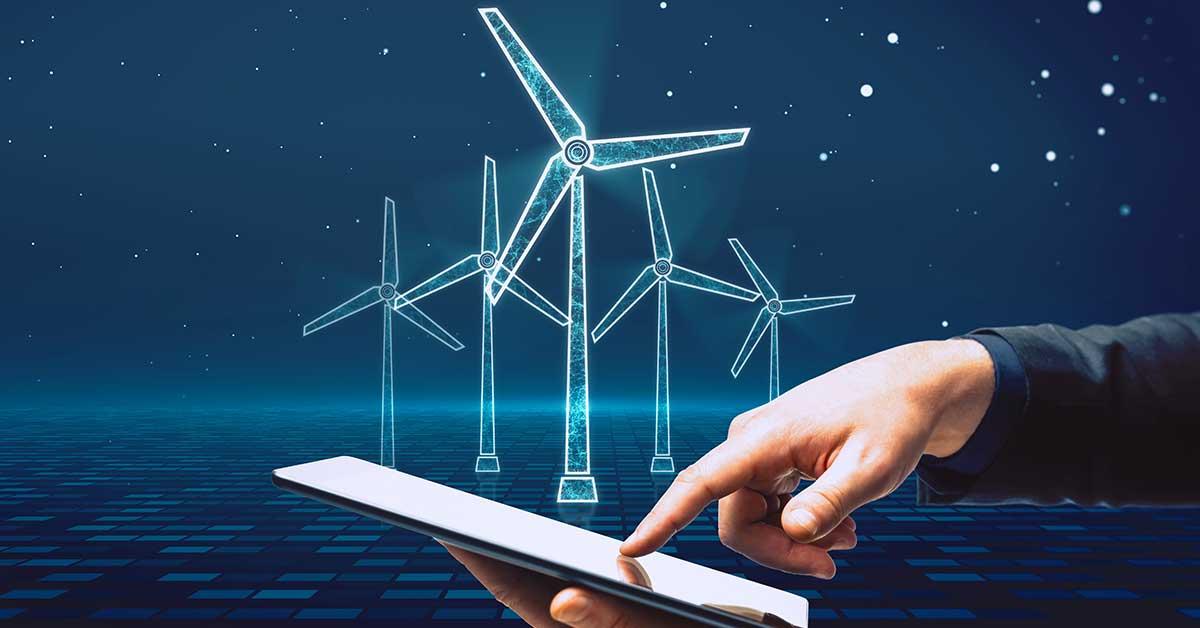Rising economic activity in emerging markets is fueling a sharp increase in demand for electricity. As a result, global electricity demand is anticipated to grow at an even faster pace of 3% annually from 2023 to 2025, compared to the previous year's growth rate.
Gartner's Distinguished VP Analyst, Rich McAvey, has highlighted that energy companies are using digital advancements to enhance productivity, modernize processes, and discover novel sources of revenue. To accomplish these objectives, CIOs and digital leaders must ensure that their technology investments align with their overall business goals.
Digital technology, without a doubt, has revolutionized the way we live and work. The energy and utilities industries are no exception.
We recently had an insightful discussion with industry leaders on how digital technology is transforming the energy and utility sector.
Our expert panelists included
Dattatri Nagaraj, Chief Business Officer at InfoVision (Moderator),
Waco Bankston, SVP and CIO of NiSource, and
Michael Pfarrer, Vice President of IT.
We delved into emerging technology trends and the future of the utilities and energy sector, exploring the topics below.
1. Smart grids
Smart grids are a significant advancement in the energy industry, integrating digital technologies such as smart meters, sensors, and automation systems to manage the grid, balance supply and demand, and reduce energy losses more efficiently.
This results in increased energy efficiency and reduced costs for both utilities and consumers. Smart grids allow energy providers to quickly identify and address outages and potential problems before they impact customers, improving the reliability of the energy supply.
2. The adoption of renewable energy
Digital technology is driving the adoption of renewable energy by optimizing the integration of solar and wind power into the grid, making these sources more accessible and cost-effective.
This includes more efficient and affordable solar panels and wind turbines. Utilities are implementing digital technology to monitor and maximize the performance of renewable energy sources and using data and analytics to improve planning and project outcomes, ultimately reducing costs.
3. Predictive maintenance
In the energy and utilities industry, digital technology enables predictive maintenance by providing real-time monitoring and management of assets, which helps prevent failures before they occur.
This is done through the use of sensors and data analytics to identify potential issues before they become major problems. As a result, this approach reduces unplanned downtime, lowers maintenance costs, and improves asset reliability.
4. Energy Storage
Digital technology enables the development of more efficient energy storage systems, making renewable energy more accessible by allowing energy providers to store excess energy generated during peak hours for use during times of low energy production.
5. Customer engagement and satisfaction
Digital technology enables energy providers to engage with customers by providing real-time data about energy usage, using self-service portals, mobile apps, and social media channels. This helps customers understand their consumption, make informed decisions, and save money on their bills.
As the energy and utilities industry continues to be transformed by technological advancements, there will undoubtedly be many more exciting developments on the horizon. Stay tuned to InfoVision for more insights and updates on the ever-evolving sector of energy and utility.
You can get wind of the complete discussion here in this video:

